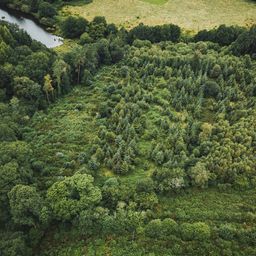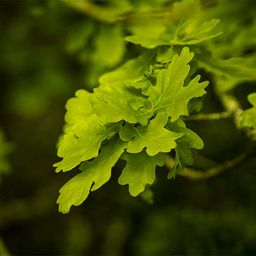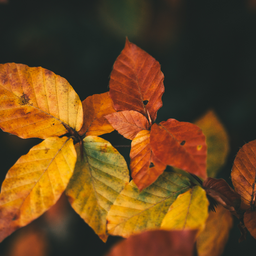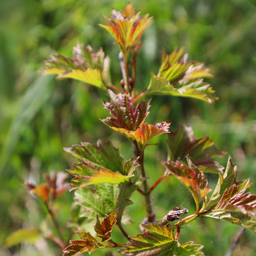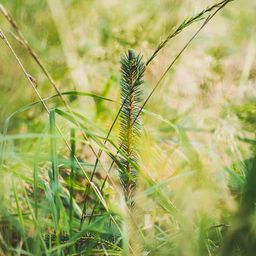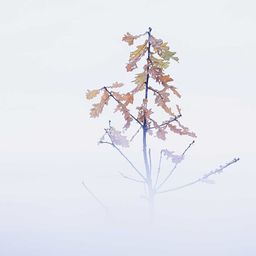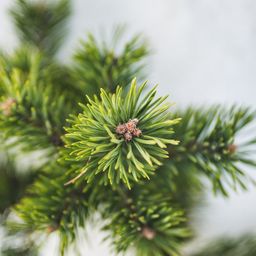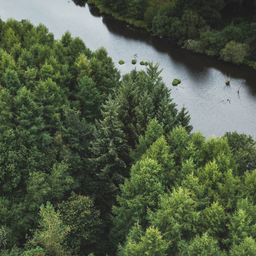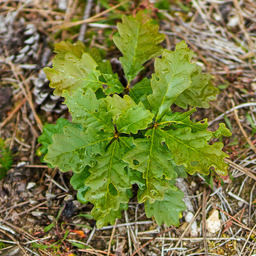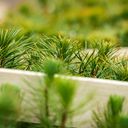
Turkish Fir: Meaning, use and characteristics
The Turkish Fir or Abies bornmuelleriana, a hardy species adapted to mountain conditions, is prized for its ecological contribution and its light wood used in joinery.
Turkish Fir
The Turkish Fir, named after the German botanist Joseph Friedrich Nicolaus Bornmüller, is a species endemic to the mountains of northern Turkey, where it was discovered in the early 20th century. This remarkable tree quickly made a name for itself in forestry, thanks to its resistance to the harsh climatic conditions and its ability to adapt to mountain soils. Gradually introduced into reforestation and conservation projects, the Turkish Fir is valued not only for its light, fine wood, ideal for construction and joinery, but also for its ecological role in stabilising forest ecosystems.
Why does EcoTree plant Turkish Fir?
Because of its growth and longevity, Turkish Fir can be used in forest management to stabilise ecosystems, maintain the balance between different tree species, and ensure a mixed, diverse and sustainable forest.
In addition, its ability to thrive in poor soils and difficult climates makes it an attractive choice for reforestation or strengthening the resilience of forests.
Turkish Fir is relatively resistant to some of the diseases and parasites that can affect other conifer species. This makes it a robust choice for reforestation and for creating forests resistant to biological disturbance.
Finally, with its extensive root system, it can also help prevent soil erosion.
Turkish Fir - Overview
Turkish Fir - Overview
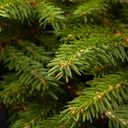
Turkish Fir - Species requirements
The Turkish Fir is endemic to the mountainous region of northern Turkey. It is therefore well adapted to high-altitude conditions.
It requires good ambient humidity and thrives in regions with regular rainfall, including snow in winter. It is well adapted to regions with high relative humidity, such as our forests in Brittany.
Turkish Fir prefers well-drained, deep soil. The soil should be rich in organic matter, well aerated and slightly acidic to neutral (pH between 5.5 and 6.5).
Preferring full sun to part shade, its growth can be slowed in shady conditions, but it will tolerate some partial shade, particularly in forested areas where it is protected by other trees.
Turkish Fir’s Wood
Turkish Fir wood is generally light in colour, varying from white to pale yellow, sometimes with a slightly pinkish tinge. It has a fine, uniform texture, giving it a smooth appearance when worked or finished.
Although it is not one of the hardest woods, it offers sufficient mechanical strength for light structural uses. It is not as strong as woods such as Oak or Beech, but it is still suitable for many structural and joinery applications. It has a straight grain, which makes it easy to saw, plane and work with wood in general.
On the other hand, Turkish Fir is not very durable outdoors without treatment, as it is susceptible to insects and fungi. As a result, it is often used indoors or with protective treatments when exposed to the elements.
Turkish Fir's symbolism
Conifers, such as Abies bornmuellerian, are evergreen trees, which means that they remain green all year round. This characteristic symbolically associates them with eternity, continuity of life and immortality. They are often seen as symbols of longevity and constancy in cultural traditions.
For the same reasons, fir trees are often used in end-of-year celebrations as symbols of hope for the future.
Our selection of trees
Our goal is to enable anyone to do something that benefits nature and helps us to live in a more harmonious world. So why not become a tree owner in a European forest and help combat climate change?
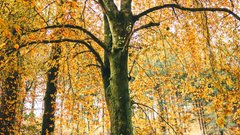

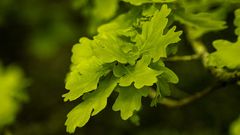

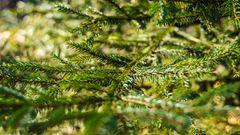

Please note that this is promotional communication. See our notice of information.
